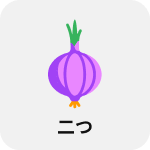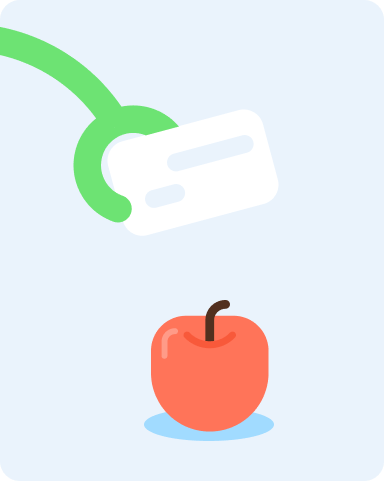Learn Armenian
with Ling
Use our comprehensive lessons, conversation topics, and more to connect with those closest to you
Used by 5M Ling Learners




What makes learning with Ling special
Interactive exercises
Improve your pronunciation by starting a conversation with our app’s interactive chatbot
Engaging activities
Practice your skills with mini-games and track your progress with fun quizzes
Mix of languages
Choose from over 60 languages, both big and small, and listen to audio from native speakers
Proven results
Backed by linguistic research, our learning methods can help you achieve fluency in record time

Master 4 language skills in 10 minutes a day




1-3 minutes to learn new vocabulary
3-5 minutes to review
3-5 minutes to test your listening skills
Done!
Join over 5 million language learners for a 100% guaranteed amazing language experience
Frequently asked questions about learning Armenian
Armenian can be a tricky language to learn, especially for native English speakers. It’s estimated to take around 1100 hours of Armenian language classes to reach proficiency.
Keep the following in mind when learning Armenian:
- Grammar: Although Armenian has no grammatical gender, it does have a specific feminine suffix -ուհի. Like English, Armenian also includes several prefixes and suffixes according to adverbs, adjectives, or plural verbs.
- Vocabulary: Most Armenian speech is archaic and has many religious connotations due to the spread of Christianity.
- Speaking/Listening: Armenian is separated into two dialects, which have several subdialects, Western and Eastern Armenian. The vowels are not hard to distinguish, but the pronunciation of several stop consonants can be challenging.
- Reading/Writing: The Armenian language expresses culture through its alphabet, which consists of seven vowels and 31 consonants.
Don’t have any idea where to start your Armenian language journey? Nowadays, there are so many resources for learning Armenian online that you learn almost everywhere!
If you’re a fan of language learning apps, then you should try the Ling app! With Ling, you can learn basic vocabulary, phrases, and grammar rules with fun, interactive language games.
Here are some pro tips to help you learn Armenian better:
- For a good laugh, try learning Armenian jokes and insults
- Start by studying essential Armenian words first
- Try reading Armenian children’s stories to learn basic words
- Mimic the pronunciation of Armenian words by listening to Youtube videos and podcasts
- Watch Armenian movies and tv shows with subtitles in both your native language and Armenian
With a trained ear, you might see some cognates between Armenian and Greek! Since Armenian is an Indo-European language, it also has close ties to Turkish, Russian, Persian (Farsi), and Georgian.
Morphologically and syntax-wise, Iranian and Persian (Farsi) have influenced Armenian to a certain extent. The Armenian script (Հայոց գրեր or Հայոց այբուբեն – Eastern Armenian) also originates from the Pahlavi alphabet of Persia, with some Greek influences.
So, if you’re already familiar with Greek, or any of the other Indo-European languages we listed, then you might find it easier to learn Armenian!
With 15 million native Armenian speakers around the world, there’s no denying that Armenian is a beautiful language.
The country’s history of territorial and colonial rules, along with several other momentous historical events, can be seen in the fabrics of its language. Once you start learning Armenian, you’ll be able to see how it incorporates a mix of different cultures into its vocabulary and more.
Armenian is such a unique language because it stands out. Until today, Armenian is still an independent branch of the Proto-Indo-European family. So, if you want to start learning this beautiful, historically-rich language, use the Ling app! With Ling, you can access over 200 Armenian lessons and learn how to read, write, speak, and listen fluently to the language in no time!















































